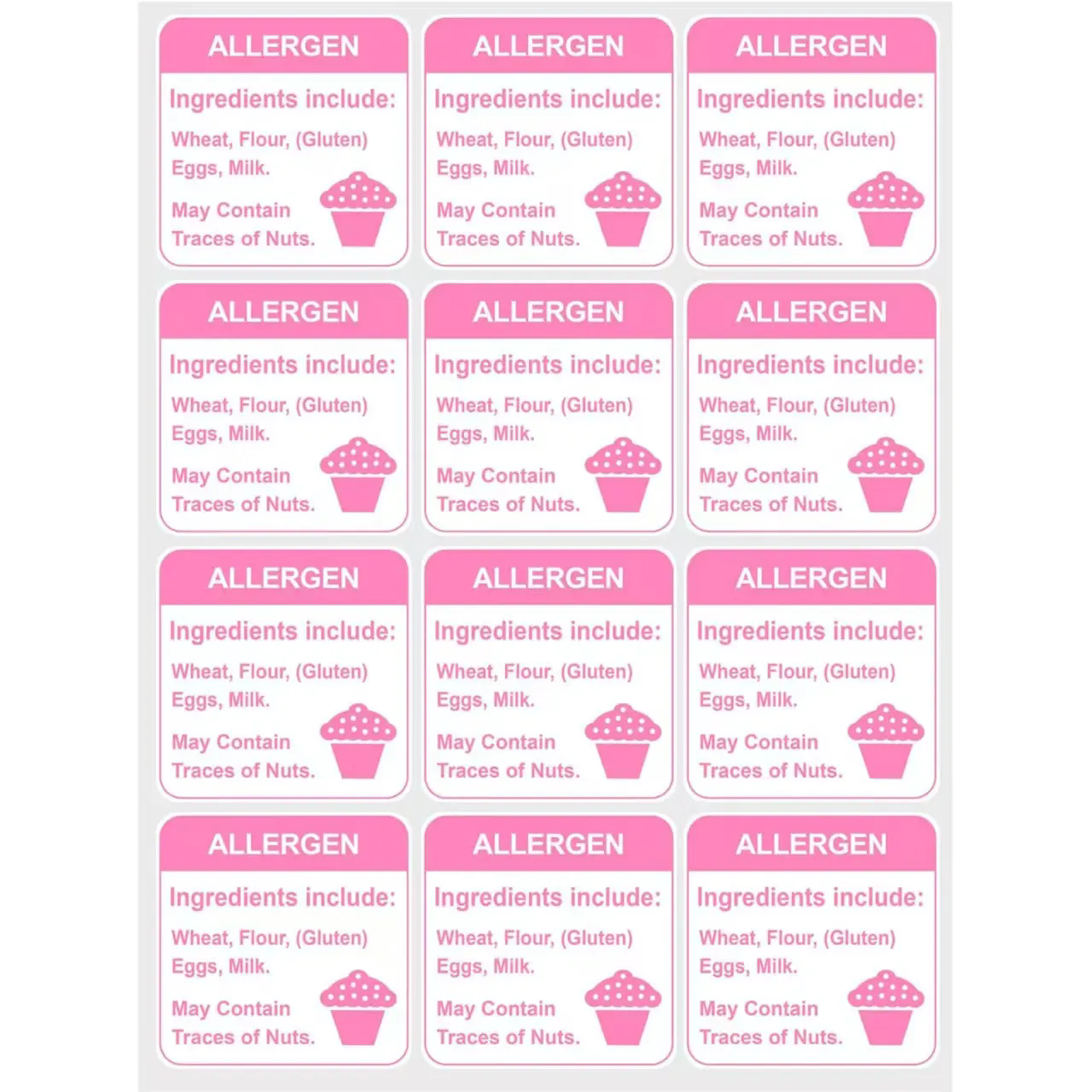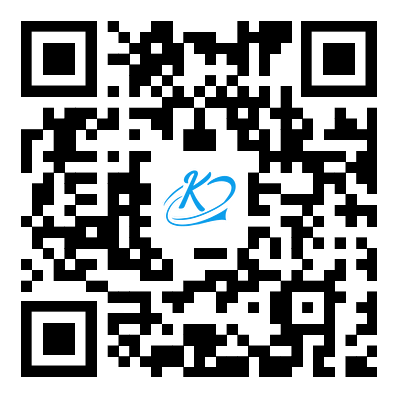The Importance of Pharmaceutical Labels in Healthcare
2025-07-04
Pharmaceutical labels are a critical component in the healthcare industry, ensuring the safe, accurate, and effective use of medications. These labels provide essential information to healthcare professionals, pharmacists, and patients, helping to prevent medication errors and promote compliance with regulatory standards.
What Are Pharmaceutical Labels?
Pharmaceutical labels are specially designed tags or stickers attached to medicine containers, bottles, boxes, or packaging. They contain detailed information about the drug, including its name, dosage instructions, ingredients, warnings, expiration date, manufacturer details, and regulatory approvals.

Key Components of Pharmaceutical Labels
1. Drug Name and Strength:
The generic and brand names along with the dosage strength (e.g., 500 mg).
2. Dosage Instructions:
Clear guidelines on how and when to take the medication.
3. Active and Inactive Ingredients:
Information about the chemical components, including potential allergens.
4. Warnings and Precautions:
Safety information about side effects, contraindications, and interactions.
5. Manufacturer Information:
Name, address, and contact details of the pharmaceutical company.
6. Batch Number and Expiry Date:
Crucial for tracking and ensuring the medicine’s effectiveness and safety.
7. Regulatory Symbols and Certifications:
Compliance marks such as FDA approval, barcodes, and QR codes for tracking.
Why Are Pharmaceutical Labels So Important?
Patient Safety: Accurate labels reduce the risk of medication errors, overdosing, or misuse.
Compliance with Regulations: Pharmaceutical companies must adhere to strict labeling standards set by health authorities like the FDA, EMA, or WHO.
Traceability: Batch numbers and barcodes enable quick recalls and quality control.
Ease of Use: Clear instructions help patients take medications correctly, improving treatment outcomes.
Legal Protection: Proper labeling helps manufacturers avoid legal liabilities related to misuse or adverse reactions.
Types of Pharmaceutical Labels
1. Primary Labels:
Directly attached to the medicine container or bottle.
2. Secondary Labels:
Found on the outer packaging or cartons.
3. Security Labels:
Include tamper-evident seals or holograms to prevent counterfeiting.
4. Regulatory Labels:
Include warnings and hazard symbols required by law.
Advances in Pharmaceutical Labeling
Smart Labels: Incorporate QR codes or RFID tags for real-time tracking and patient information access.
Multi-Language Labels: Ensure accessibility for global markets.
Eco-Friendly Materials: Growing use of biodegradable or recyclable label materials.
Conclusion
Pharmaceutical labels are much more than just stickers—they are vital for ensuring the safety, efficacy, and traceability of medications. With evolving technologies and stringent regulations, pharmaceutical labeling continues to play a crucial role in healthcare systems worldwide, protecting patients and supporting healthcare providers.


